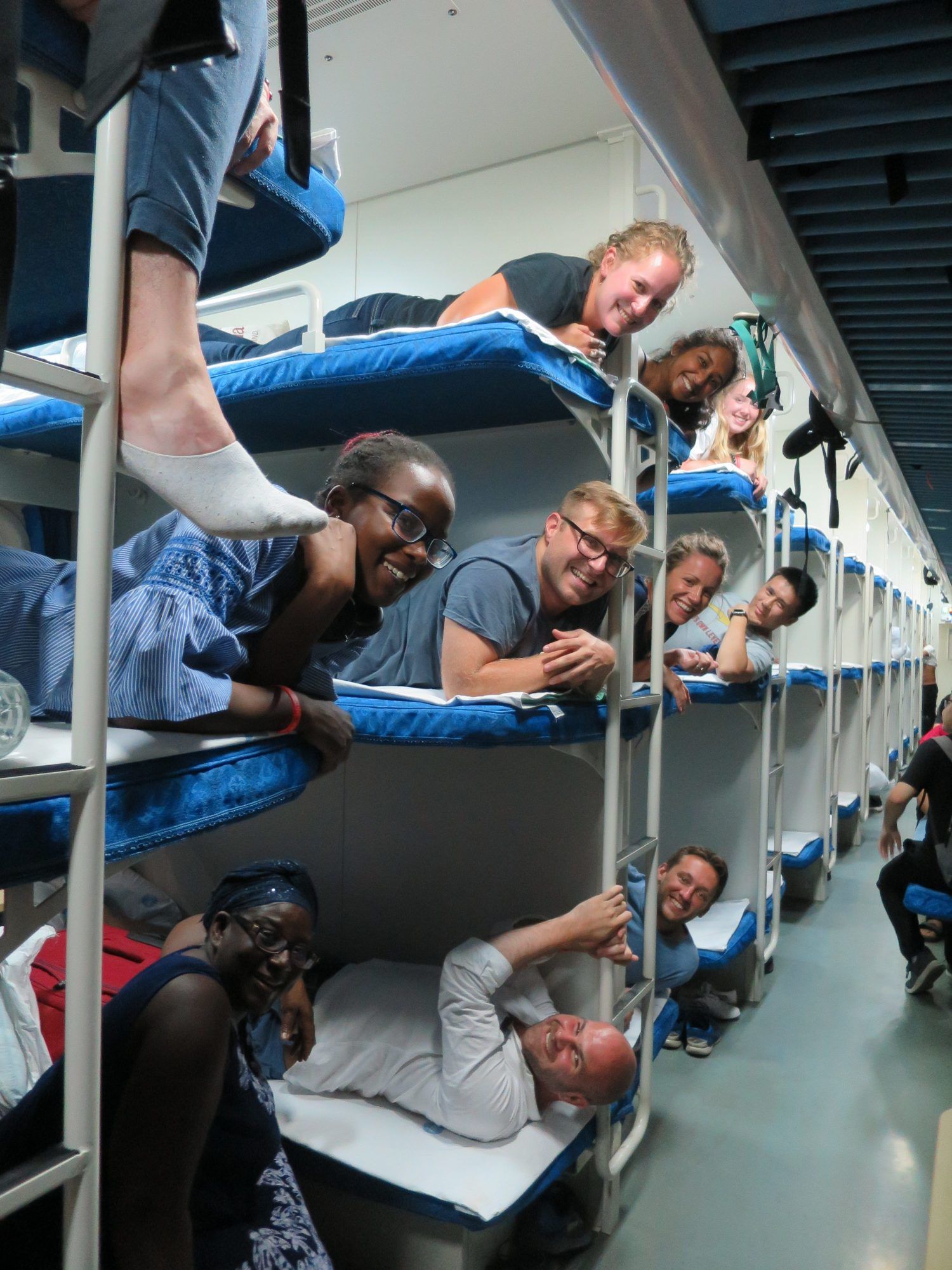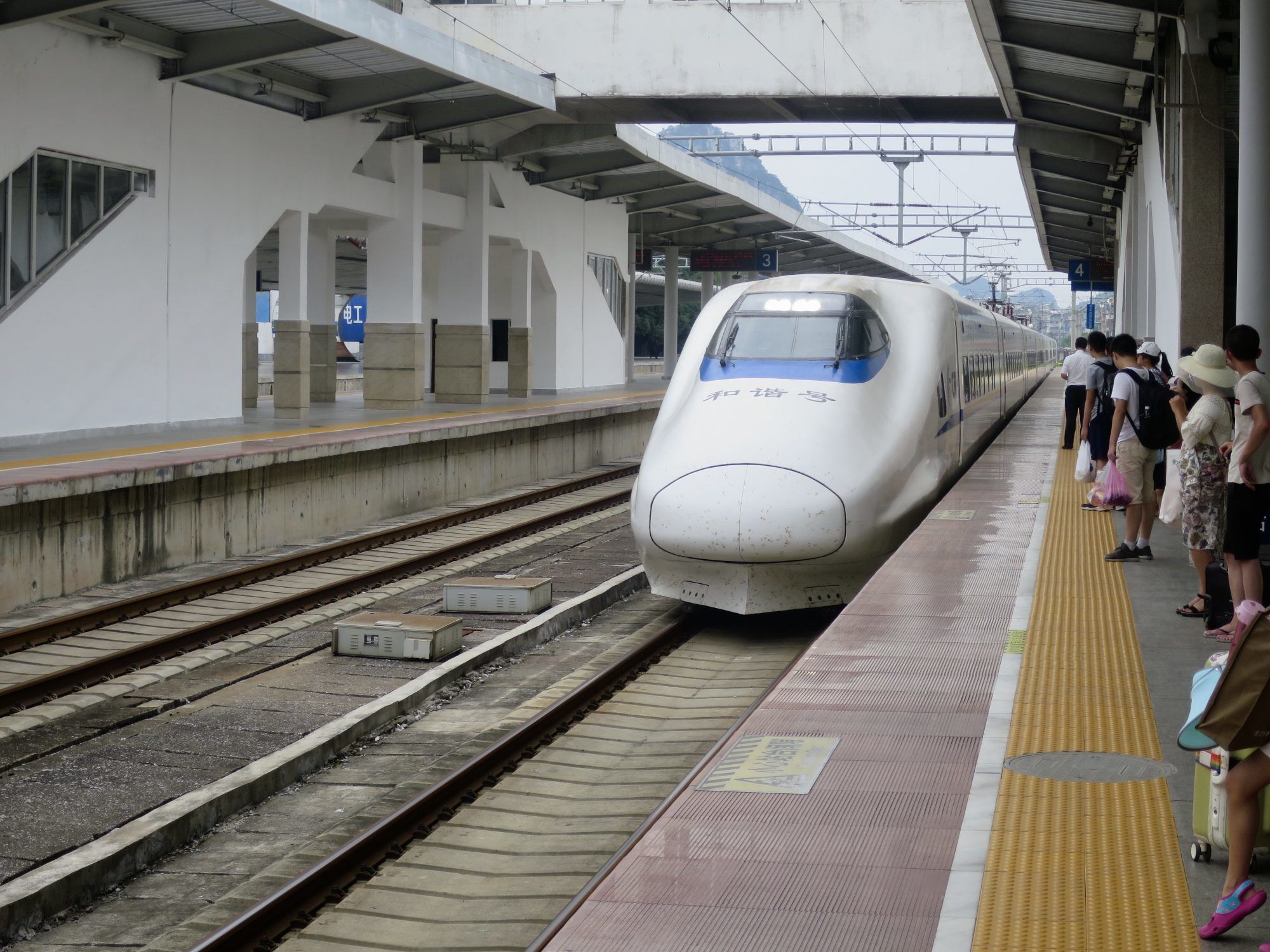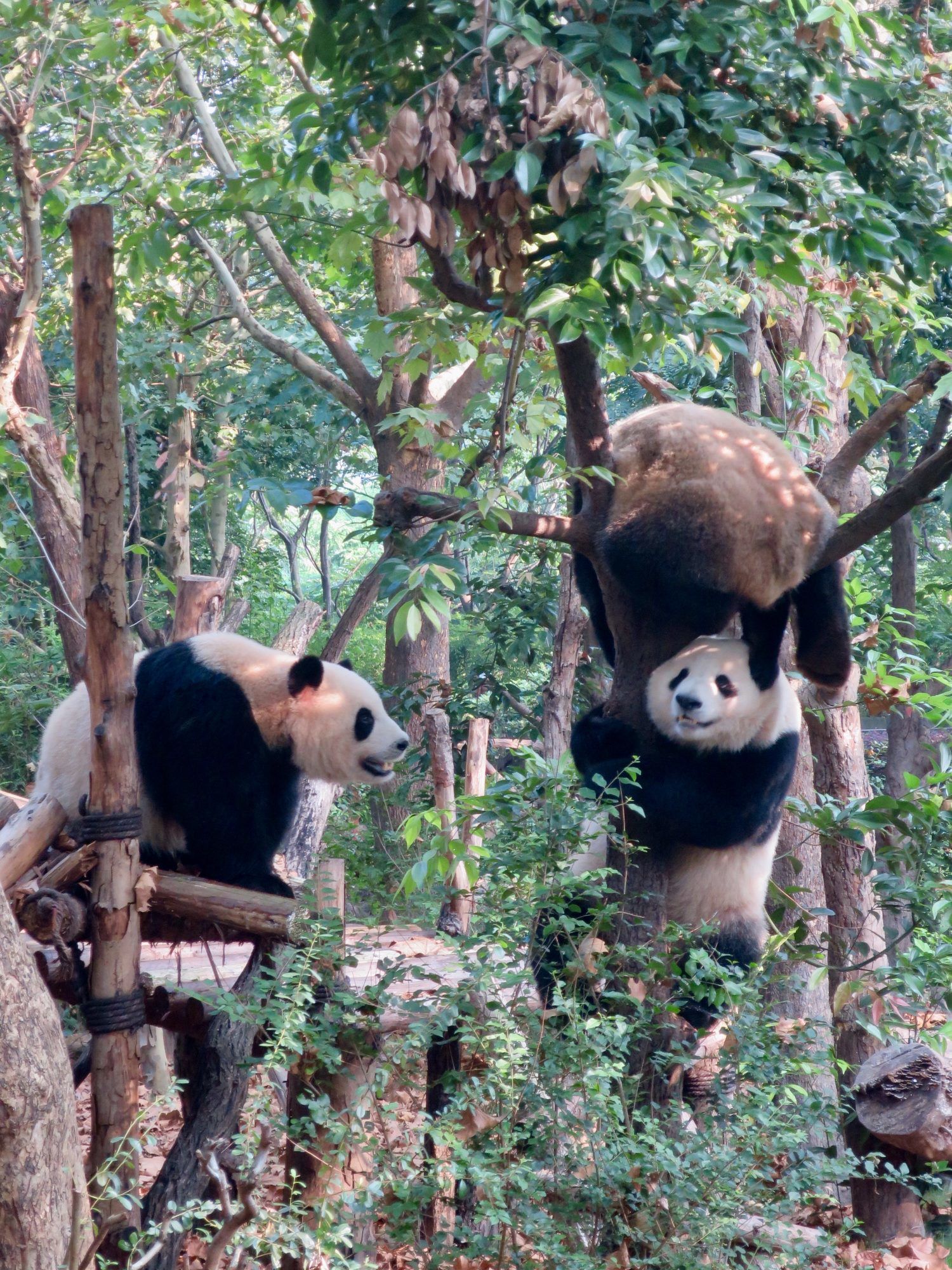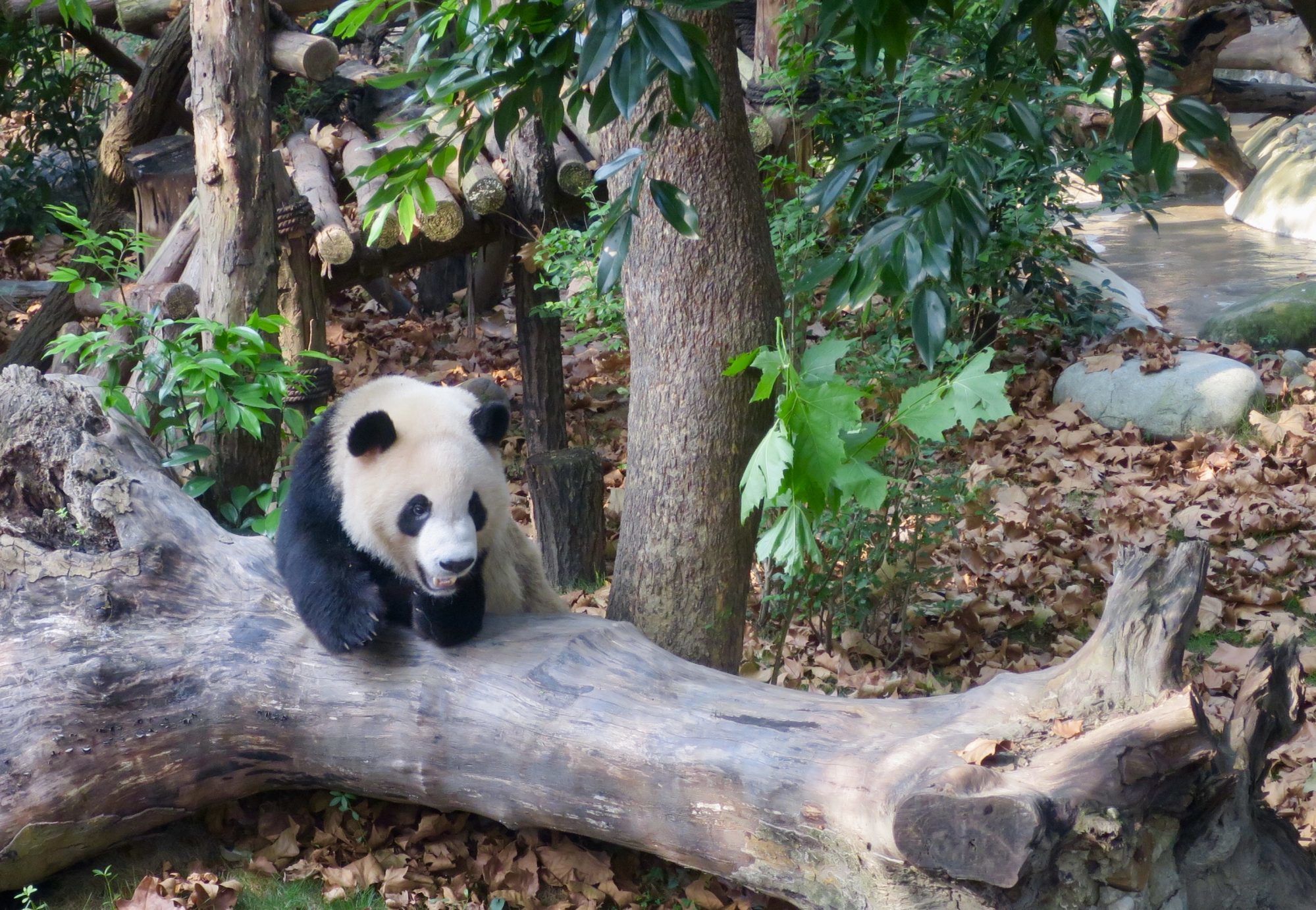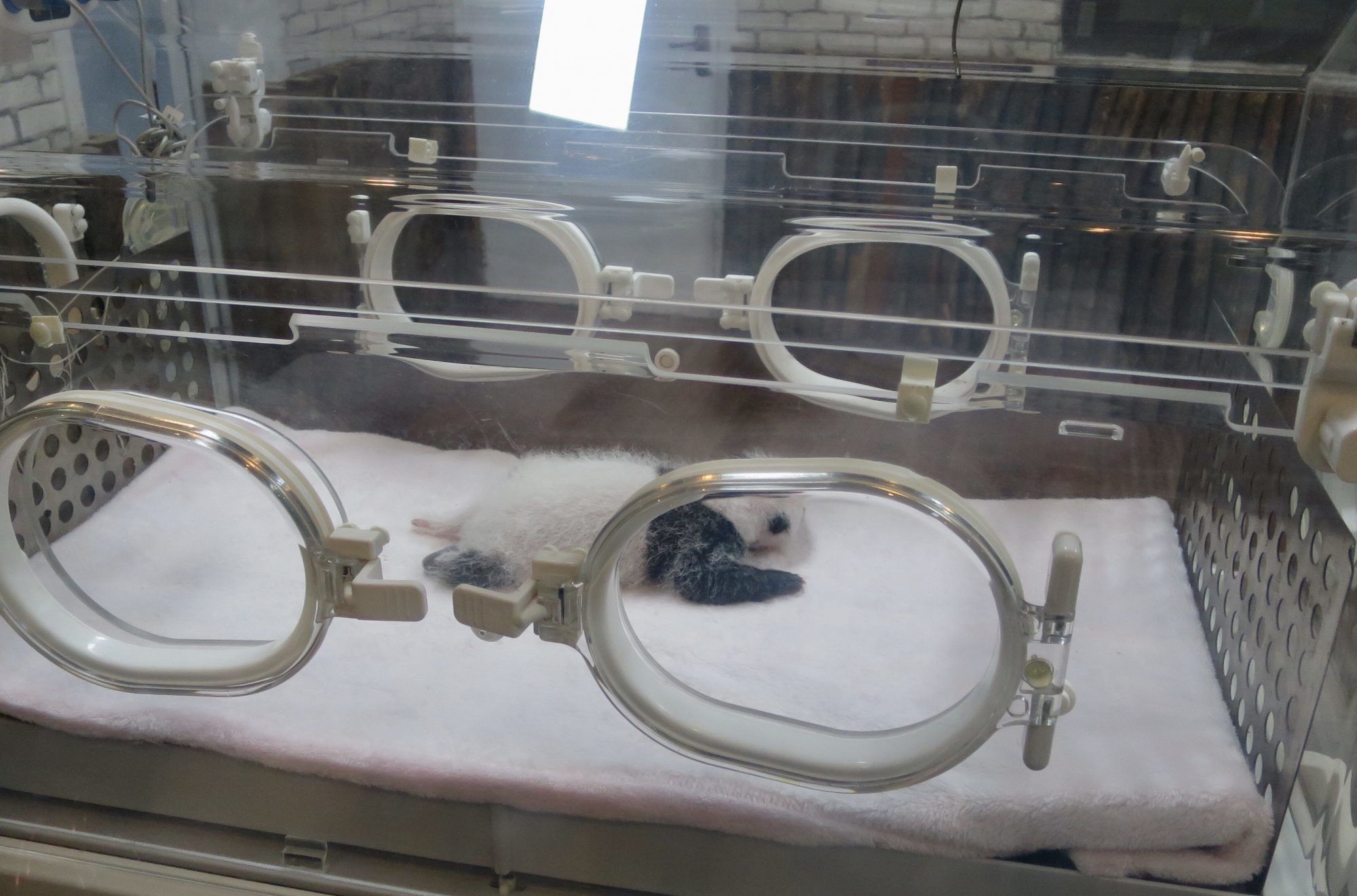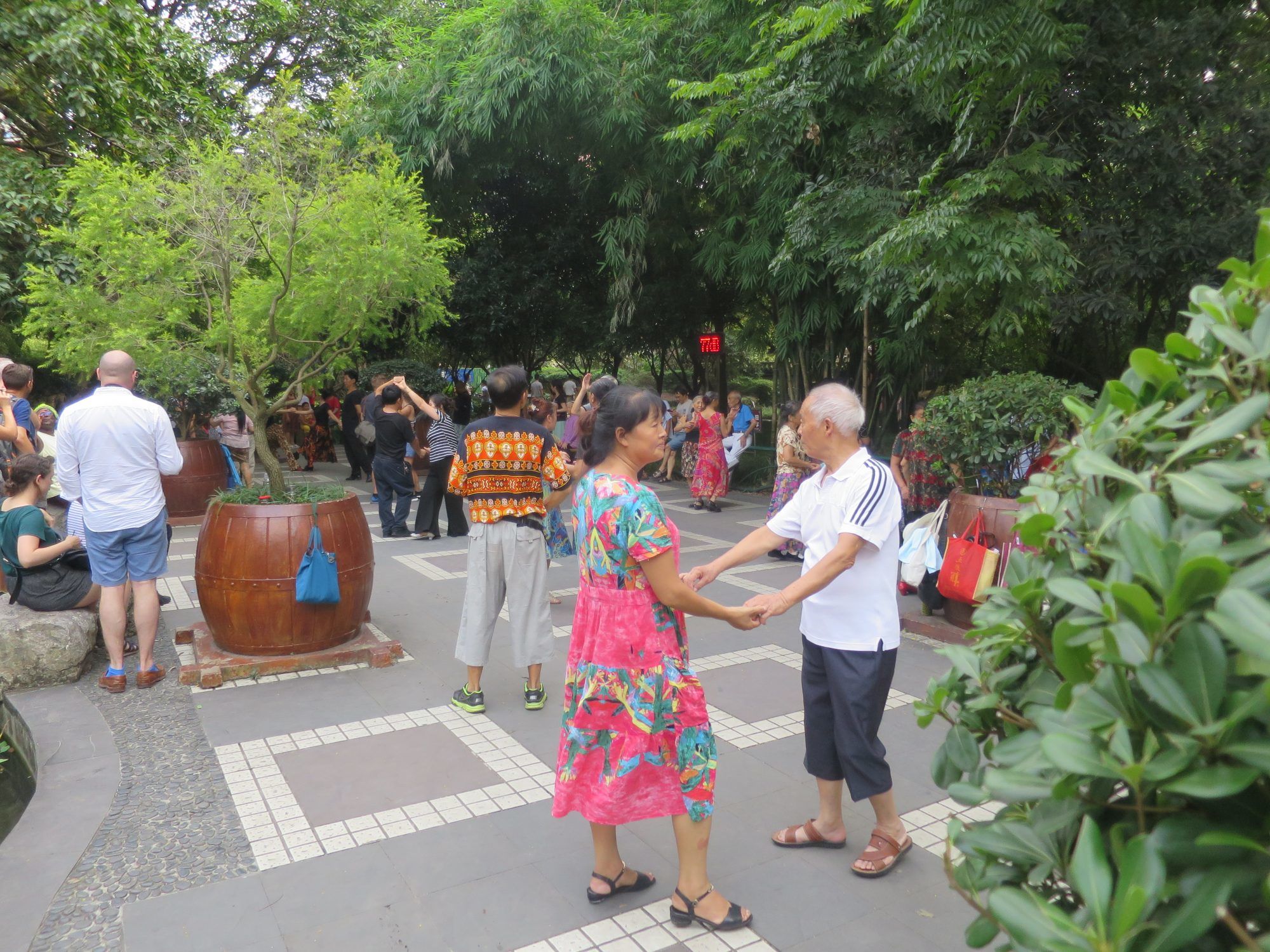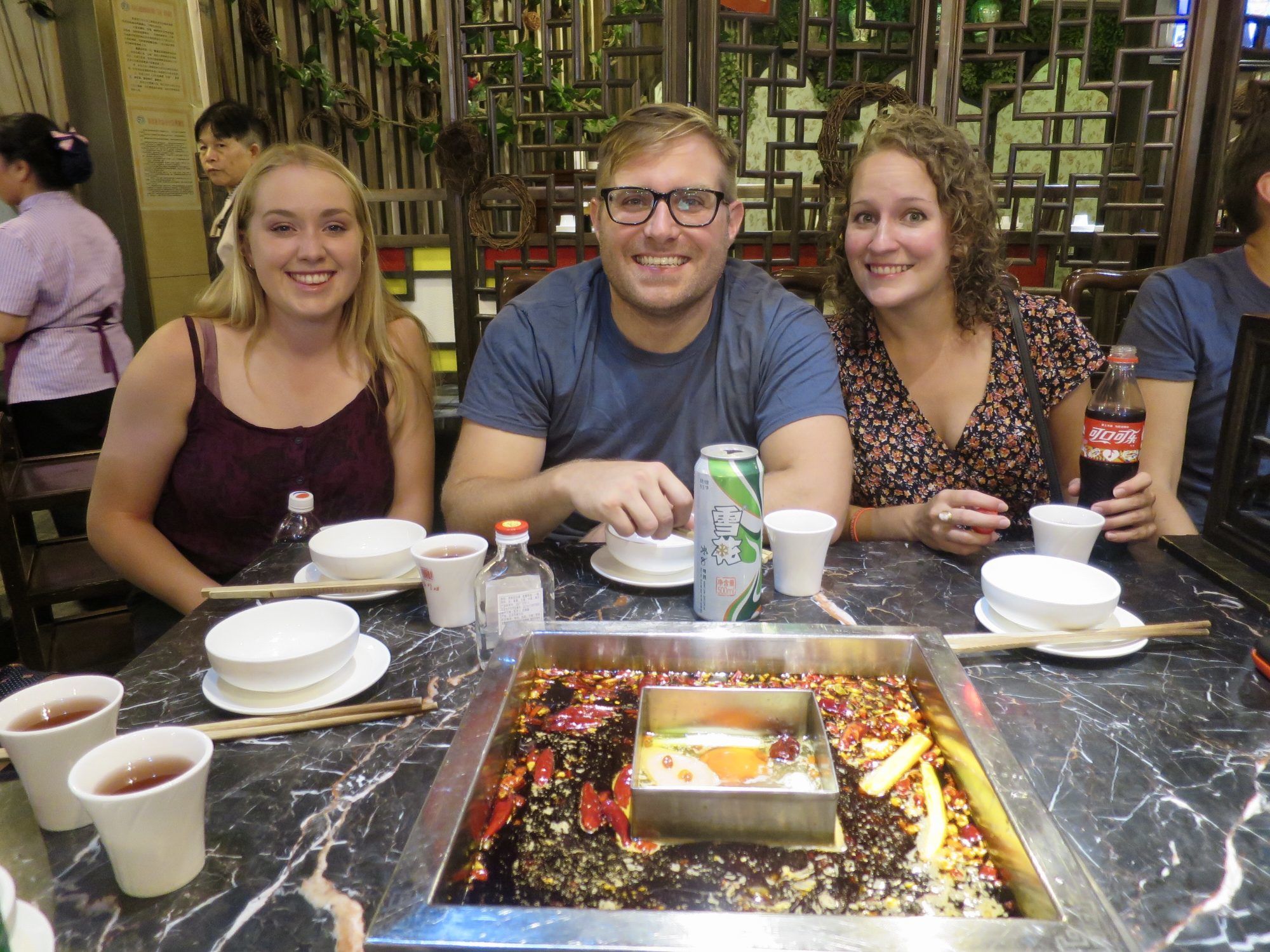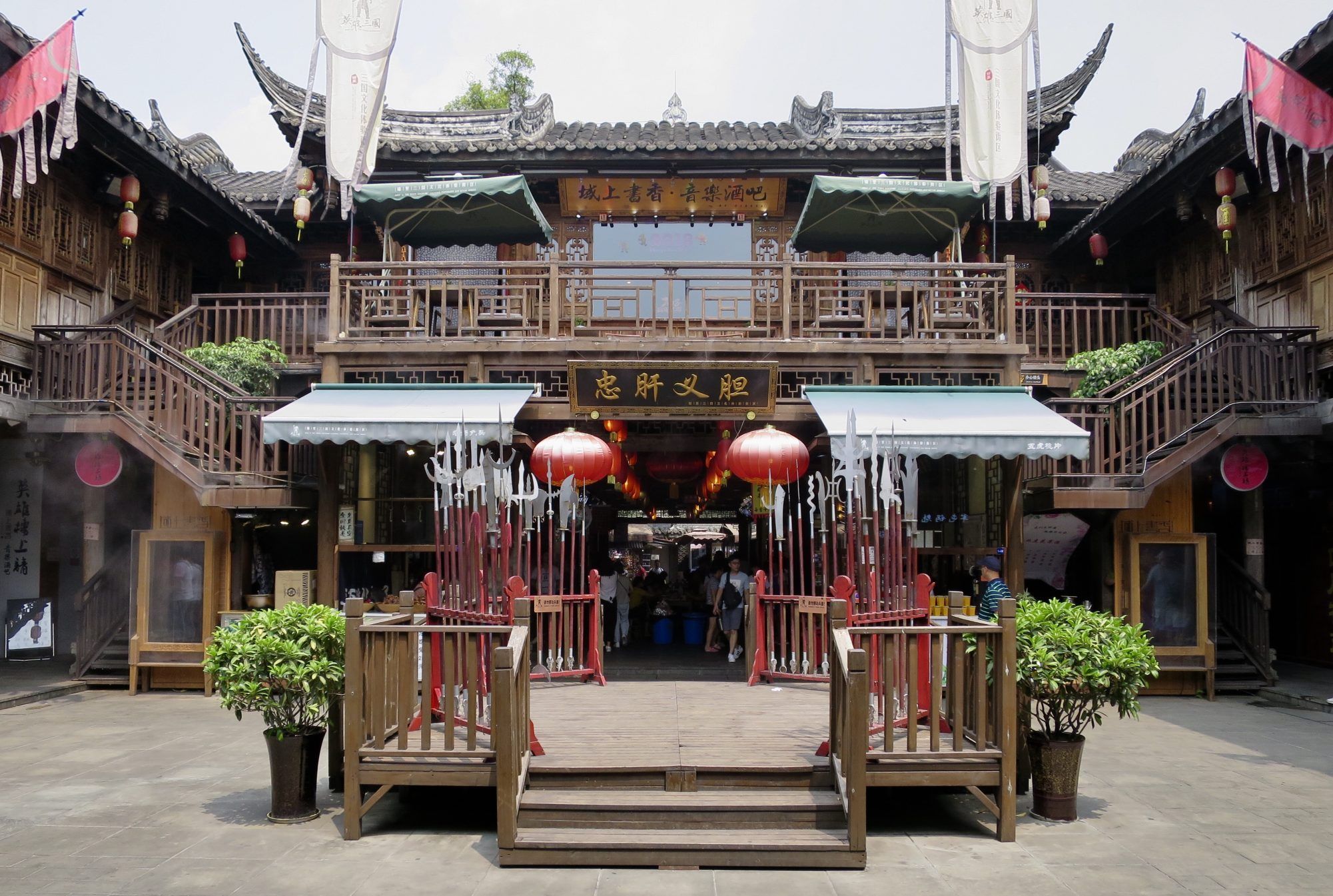I caught another bullet train to Xi’an, this time it only took 4 hours so not too bad. On all the trains and metros in China, bags have to be scanned like at the airport and usually any flammable deodorant or anti-bug sprays are confiscated. Here I lost my Jungle Formula deet spray but I wan’t overly fussed as have not really needed it yet, but will need to get some more before I head to India in a couple of weeks.
Here I got to cycle on top of the 13 km long city walls which date back to the Ming Dynasty in 14th Century. The wall is about 10 m wide and is the start of the Silk Route. In places the wall had been repaired so it was smooth, flat cycling, but in other places it was quite bumpy.
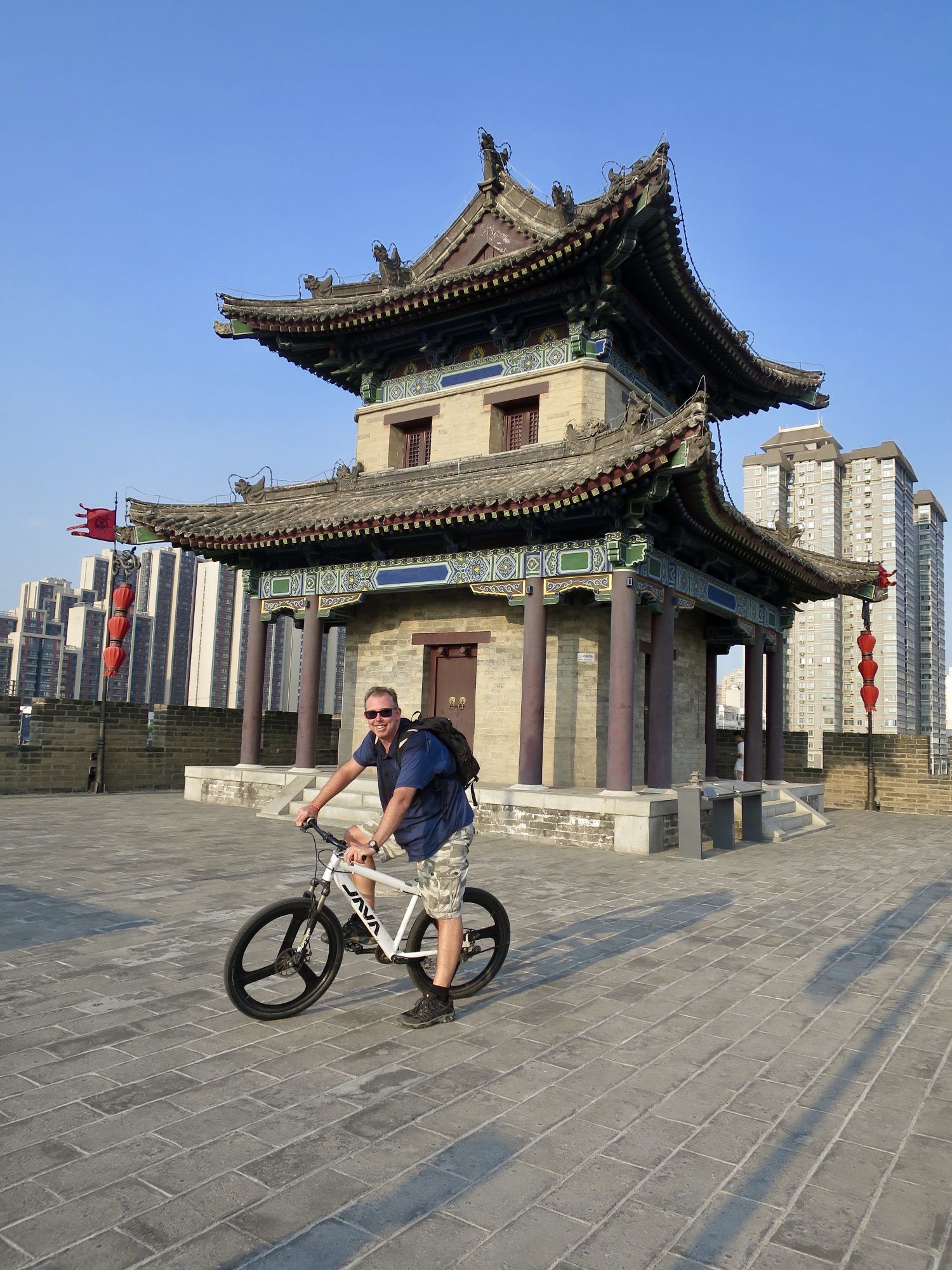
I started cycling at about 17.30 from the East Gate and cycled in an anti clockwise direction. It took about an hour and half to reach the South Gate which has one of the best views over Xi’an at sunset. Even though it was busy, it wasn’t overly crowded.
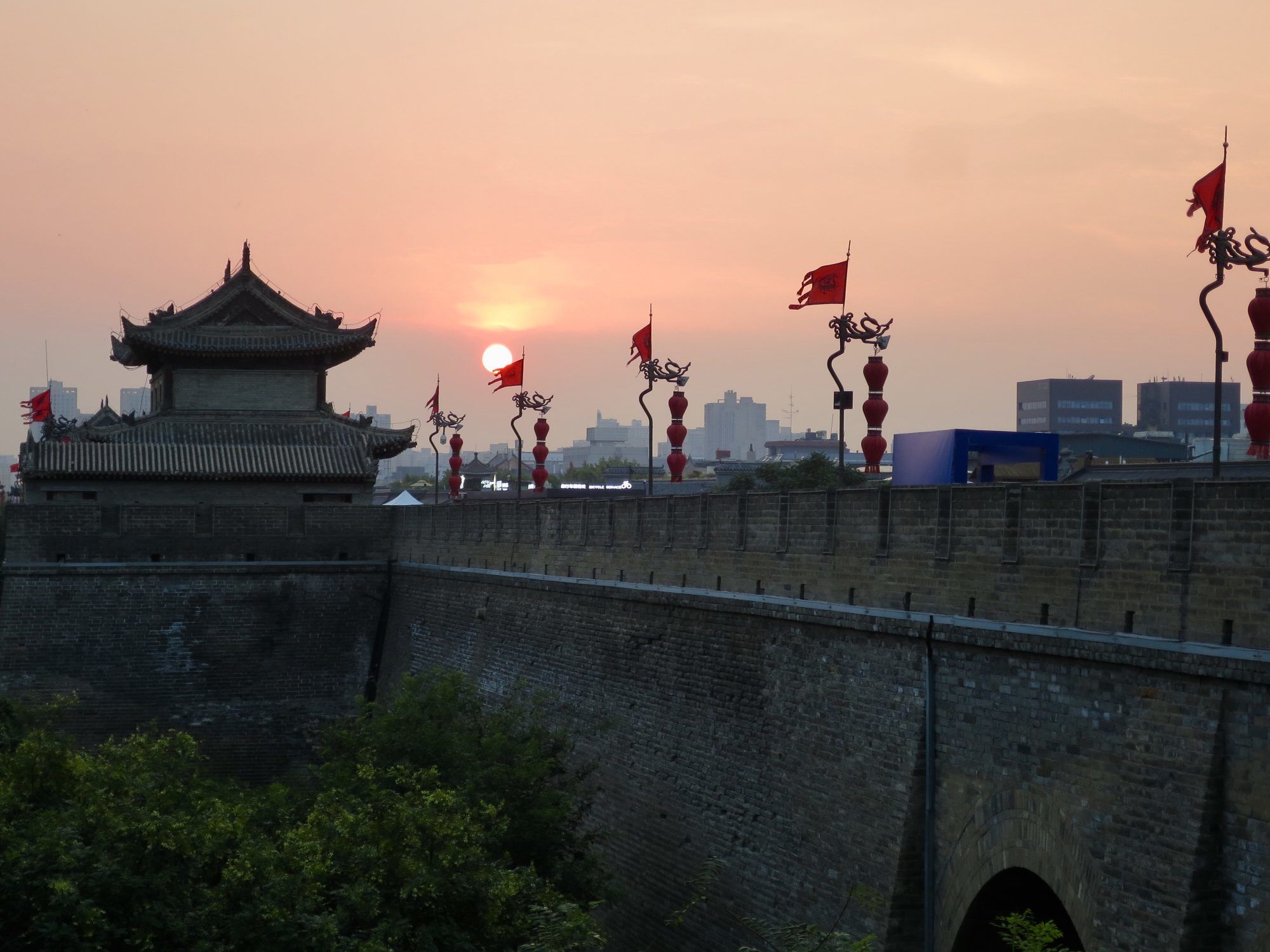
After the sun had set, the group headed to the Muslim quarter and wondered through the markets, that were very similar in style to the medinas in Morocco but without the smell or harassment from the stall holders. It was a pleasure to walk through at leisure and browse. Once through the market we went to a restaurant for a group meal which was really nice. However having had a large breakfast at the hostel and a big lunch earlier in the day, I really wasn’t that hungry which was a great shame as the food was absolutely fantastic. On the way back to the hostel, we stopped by the bell tower which is in a roundabout all lit up beautifully, certainly more impressive than the Arc de Triumph.
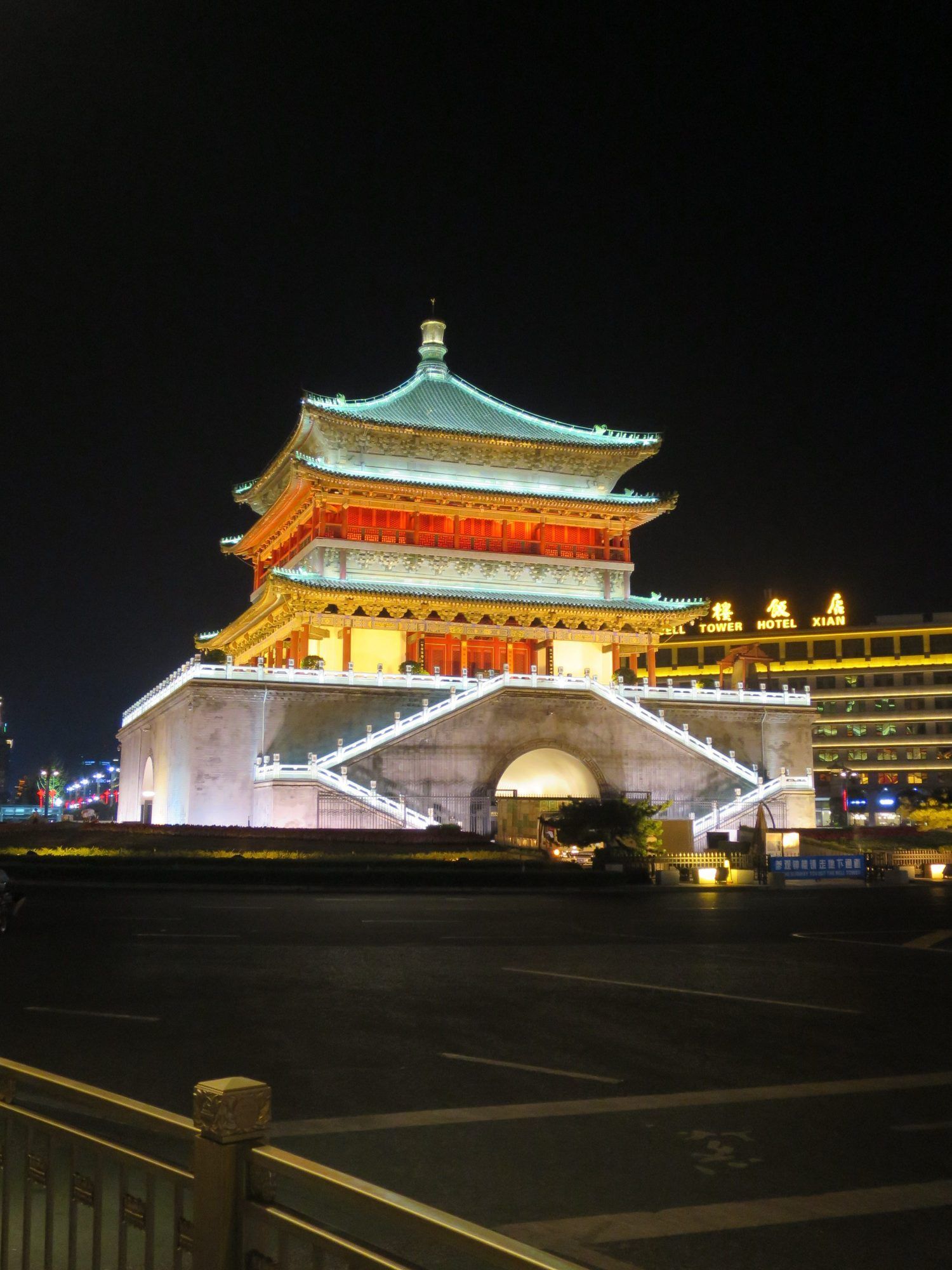
Next morning was a massive China highlight, visiting the Terracotta Warriors. A bonus was meeting Yang Xi An, the farmer who discovered them back in 1974 when he was digging a well. Our guide told us that the farmer actually found them originally in 1968 but being superstitious, buried them once again before notifying officials.
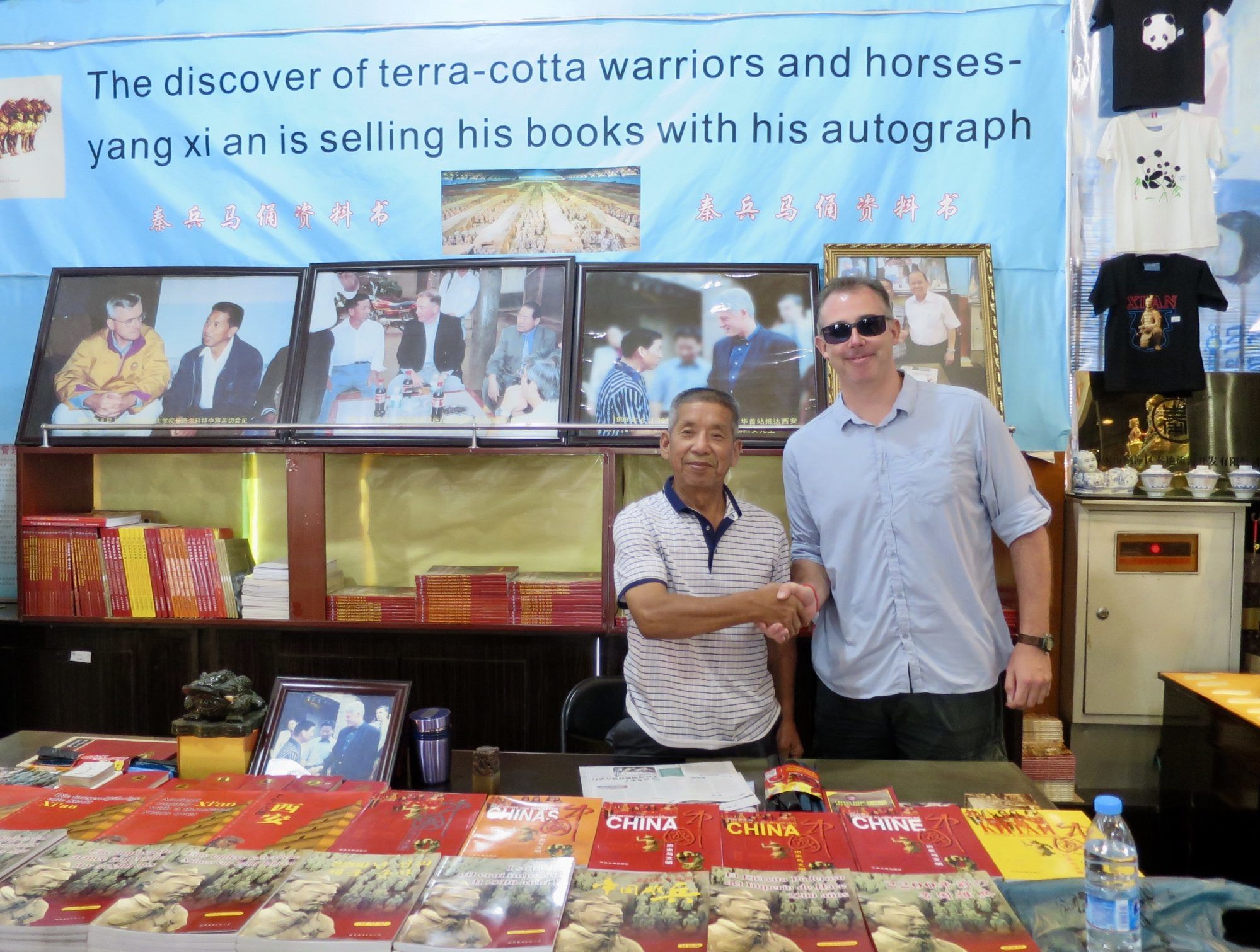
There are large 3 pits you can walk around and a museum, but perhaps the most impressive is Pit 1. The warriors are representing the armies of Qin Shi Huang, the first Emperor of China. Each warrior has individual features, colours, clothes, weapons etc., and no two are the same. It’s estimated there are more than 7000 warriors here, but most remain buried still. The pits are about 7 m deep and the warriors are approx. 8 ft tall. Similar to the pandas, people are jostling for position to take photos but it’s difficult to get close due to the barriers in place.
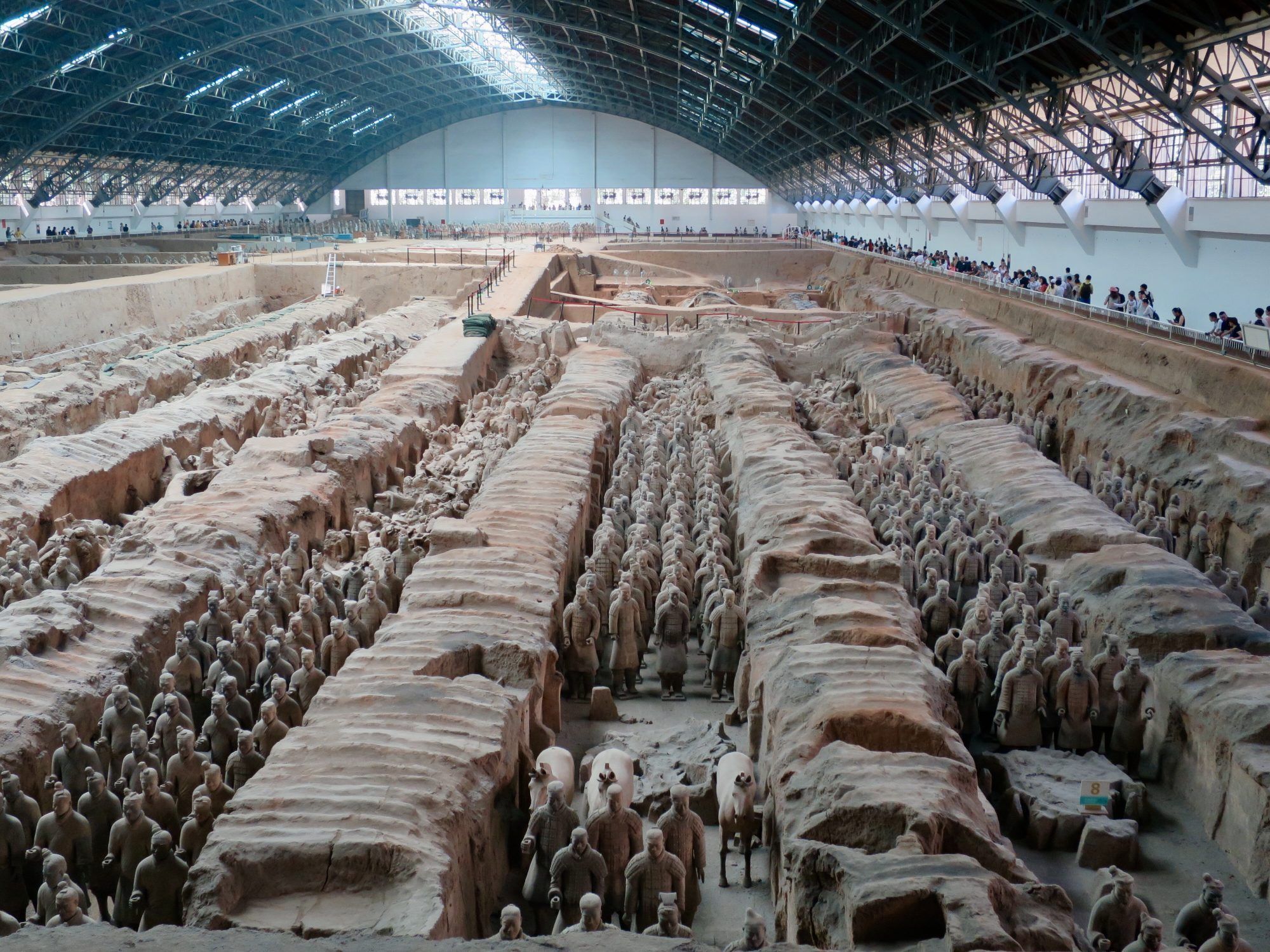
We leave Xi’an the next day by public bus and head to Shaolin, famed for Kung Fu, and get to visit the Shaolin Temple. The journey felt really long, with locals noisily playing on their phones and trying to capture photos of us. It was a relief to finally arrive. The temple itself was a little disappointing, maybe I had built up a different mental picture through the movies, but still enjoyable. The first evening by the hostel, there was a show put on by the ‘Kung Fu Kids’, local children aged from 3 – 17 who practice Kung fu 6 hours per day and then English, Maths and Science.
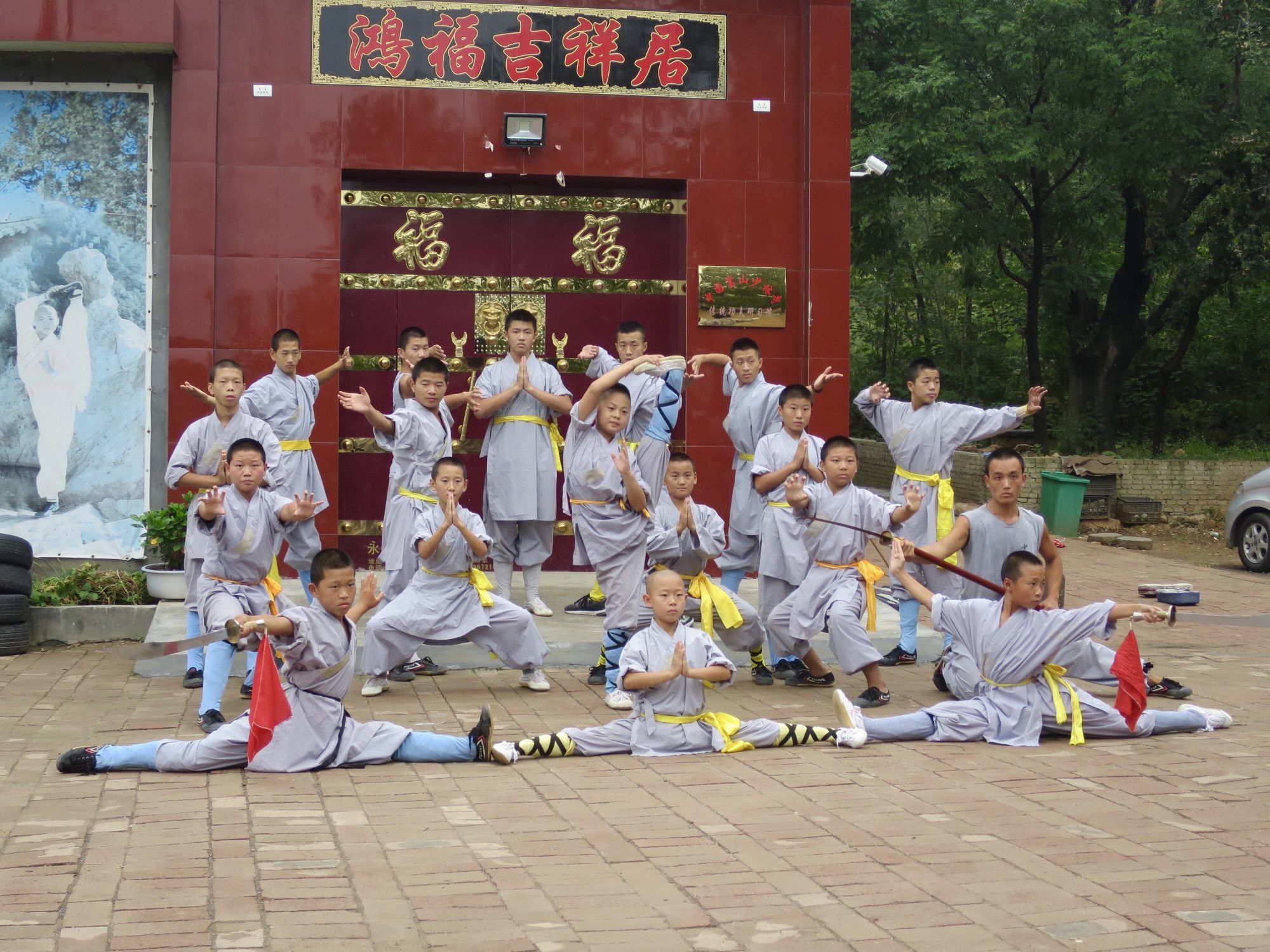
It was very impressive and hurt just watching it. At the Shaolin Temple there was another more professional show put on and the auditorium felt like it was a hidden thing, as if we shouldn’t have been there. But highly impressive and with audience participation, much to the amusement of everyone.
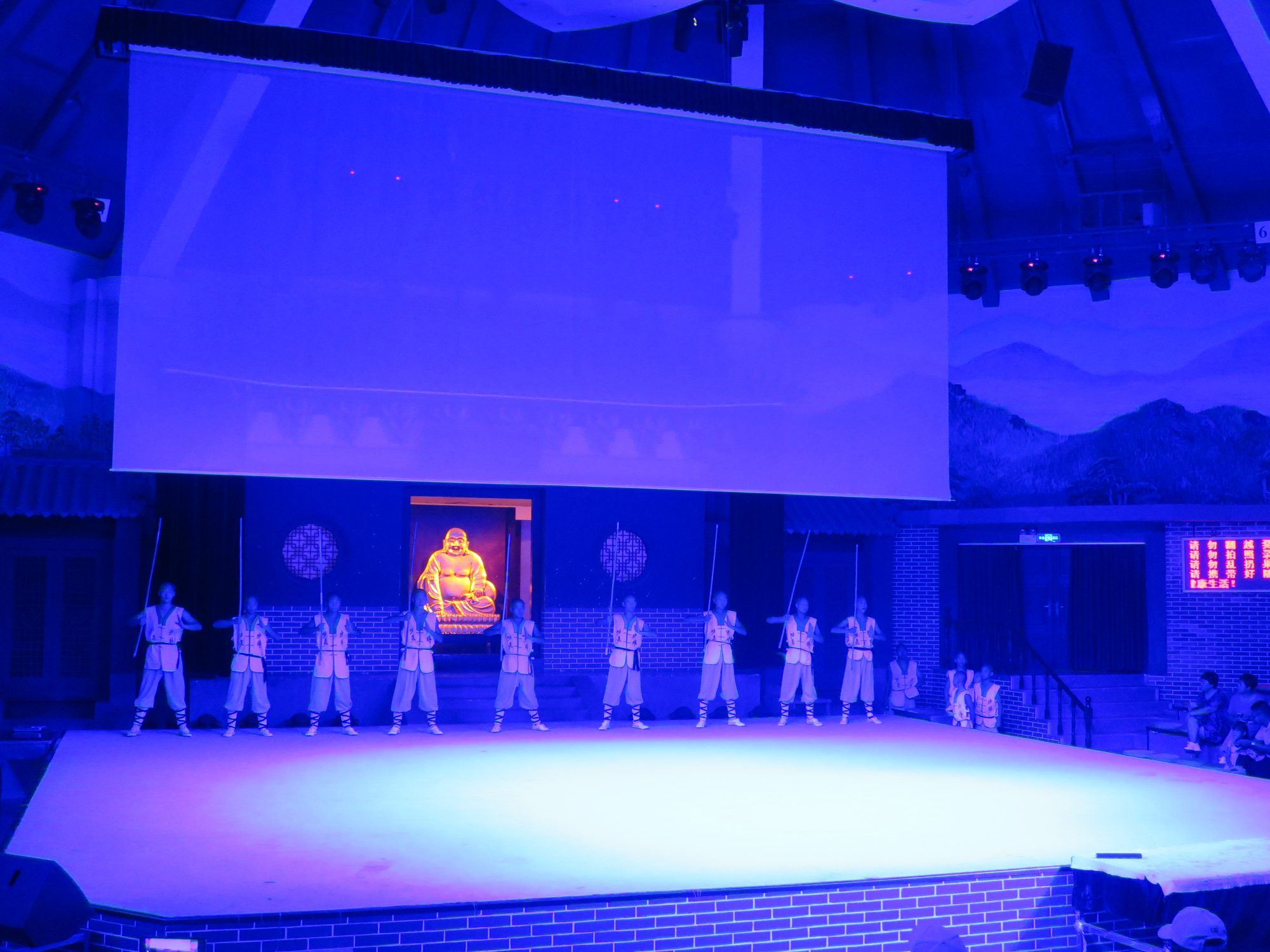
Following the show, we hiked up to the Dharma Cave, about 2 miles from the temple, but this is the small cave where the creator of Kung Fu stayed for 9 years before being allowed into the temple. Saw plenty of golden orb spiders on the way up and the view from the top would have been really impressive but it was little cloudy, but that didn’t prevent the heat.
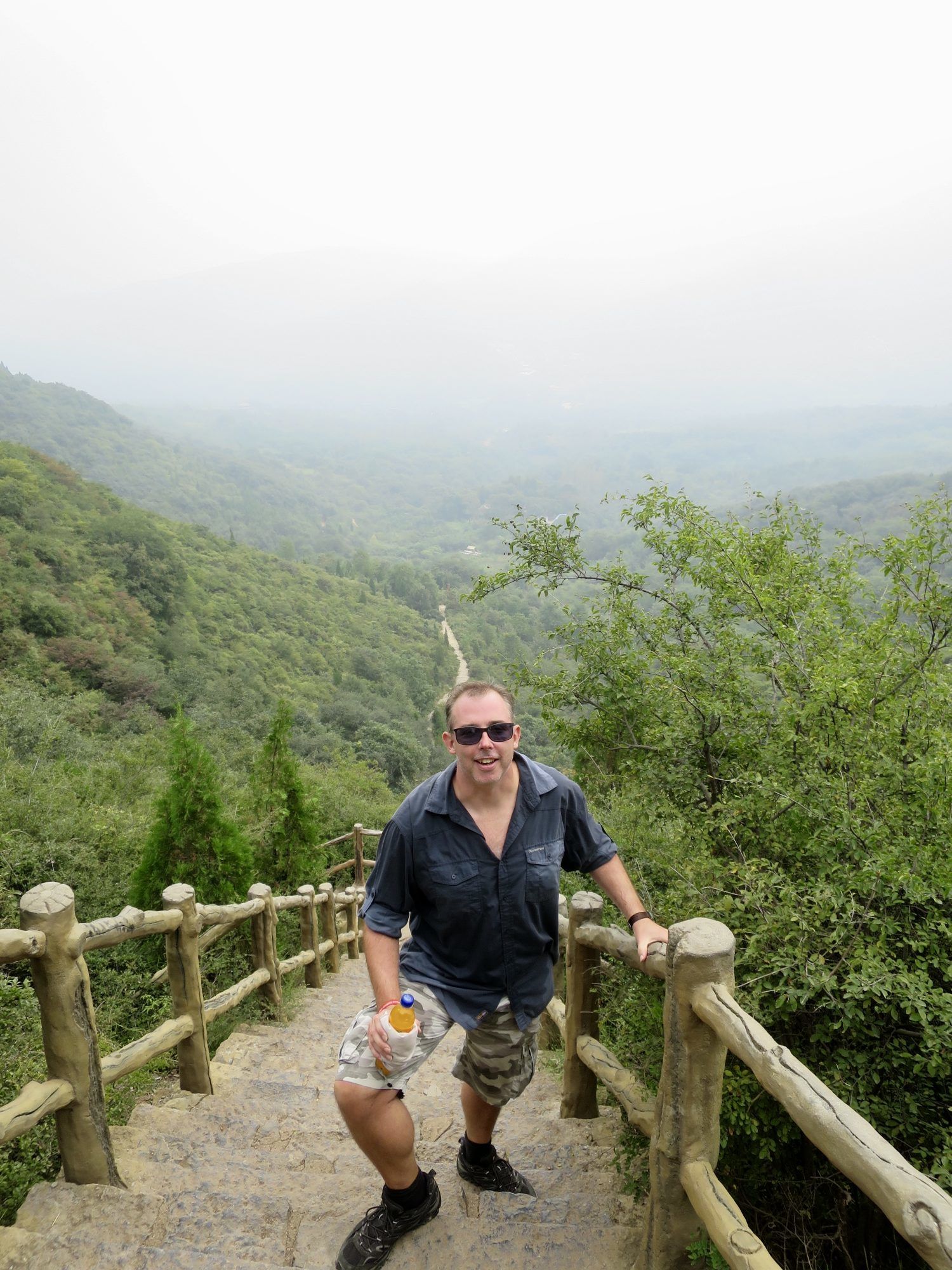
It was back to the hostel after a long, hot day for a shower and change of clothes before heading to the train station to board the night sleeper train to Beijing. The cost of the ticket was about 164 Yuans, that’s about £15-£18 and you get a flat bed. The journey wasn’t too bad and arrived in Beijing at about 06.20hrs…
